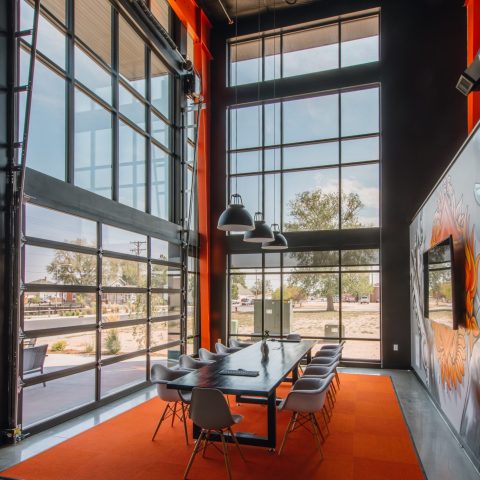I was recently evaluating a space our office is designing for qualification for the LEED Daylighting Credit and found the experience somewhat frustrating and disappointing. My education and work experience has reinforced my natural and intuitive sense of the value that natural daylight brings to the spaces we live and work in. An internet search will confirm this with countless studies and research papers attributing access to daylight with increased productivity, higher attendance, health benefits ranging from lower rates of depression to fewer cavities in children, higher test scores, etc… After reading a few of these articles it is easy to come away with the impression that daylighting may be the single most important contributing factor to the metal and physical well-being of a building’s occupants. Although I’m not ready to fully support that claim right now, I do find myself at a loss for any arguments against it.
Uncontrolled daylight can have adverse affects such as excessive heat gain and glare. Glare, most often the highest source of complaint in regards to daylighting, is often misunderstood to be any bright light source. It can be more accurately described as a high contrast between light sources. The human eye has an amazing ability to adapt to and tolerate a vast range of lighting conditions. In bright conditions the pupil of the eye constricts to let in just enough light to produce a clear image of the environment around you without overwhelming the rods and cones on the retina. In lower light conditions this highly constricted state of the pupil does not allow enough light to enter the eye to perceive even the largest of objects. However, the amazing eye adapts to this new lighting condition by dilating the pupil to allow just the right amount of light to enter. The perception of glare occurs when your field of vision is presented with fields of light and dark that your eyes would prefer to be viewing with different states of dilation. The eyes enter a state of constant adaptation which quickly leads to eye strain, eye fatigue and often headaches. The eye can adapt to and tolerate a relatively bright light source as long as all the light sources in the field of vision are at about the same level. The eye can also tolerate and produce sufficiently sharp images in very low light conditions as long as all light sources are at a relatively similar level. Even spaces with bright and varying light sources can be comfortable work environments through careful orientation of work spaces to avoid high contrast lighting (from both direct and reflected sources) in the field of view of any one individual.
Now, back to my frustrations with the LEED requirements for daylighting. Working with the idea that a well executed daylighting scheme may be the single most important contributing factor to the mental and physical well-being of a building’s occupants most good designers willingly allow this daylighting scheme have significant influence on the position of the building on a site, the overall building form, the size, position and orientation of windows and skylights, the design and orientation of shading devices and window treatments, the arrangement and orientation of interior spaces and interior and exterior finishes. Analyzing the daylighting scheme with sophisticated software, tweaking the design and re-analyzing the daylighting can easily take tens of hours and possibly even hundreds of hours to get “just right”. The LEED requirement only specifies a minimum average light level for 75% of the spaces in the building and a maximum light threshold (in a feeble attempt to address glare). It seems LEED is more concerned with the position of the light switches in a building than the well-being of the occupants. Often a well designed day-lit space will not qualify for this credit and equally as often a poorly designed space will.
Even if we are successful in qualifying for this credit is it even worth the effort? There are a total of 110 LEED credits available. After all the effort that goes into producing a design with an effective daylighting scheme you can earn up to one whole point! If you are lucky enough to have a bus stop nearby you can get six. If designing LEED certified projects is our directive then it is obvious where we should be focusing our attention. Clearly the goal of LEED is to reduce the carbon footprint of our buildings so we can save the planet for a bunch of unhealthy and miserable people as a result of living in poorly-lit spaces.

